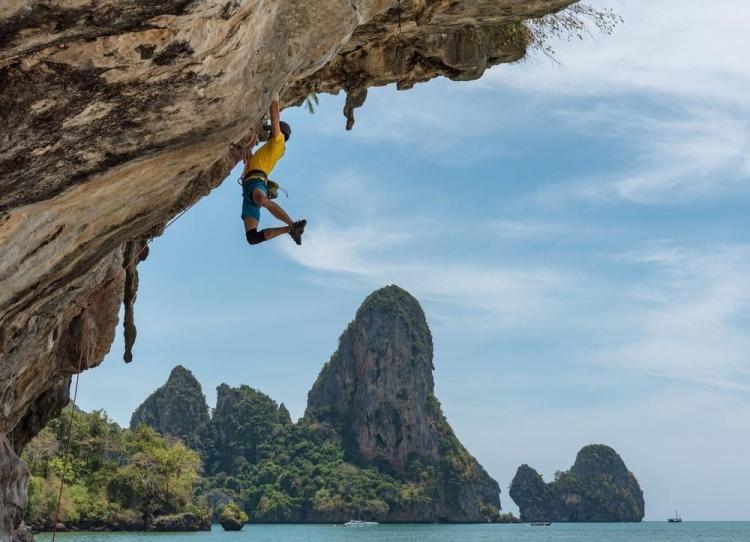The Dangers of Rock Climbing
Jul/11/2020 18:25:07

Often, it is said that rock climbing is more than just a sport- it’s a lifestyle.
This is certainly true. Rock climbing takes up a lot of time, effort, and energy. It can give people exhilaration and joy in their lives. It involves a tight-knit community of people who are always supportive and caring. Within this community, you have a support system that is there whenever you need it. Often, rock climbing is regarded as one of the best sports if you want to connect with people and really get to know them. This bond is what keeps climbers together. Yet despite everything that’s good about rock climbing, it can also come with a lot of risks.
Recently, a 16-year-old French climber, Luce Douady died in an accident while approaching a cliff. She was considered a rock climbing star. The climbing community is mourning the loss of another life.
Outdoor rock climbing can be a very dangerous sport. In lead climbing, you don’t know for sure that the gear you secure on the wall will hold. If a bolt fails, then you can fall sideways or even upside down.
There are also rappelling accidents where the climber forgets to tie a knot on the bottom of the rope and slips through. This can happen to even the most experienced climber.
On cliffs, there’s often loose rock that can fall and hit you. Sometimes, these accidents happen when climbers don’t pay enough attention to safety. Other times, it’s purely bad luck.
Luce Douady’s accident seems to be a result of bad luck. But, it can still teach us to try and be more mindful when climbing as well as when approaching a climb.
Besides outdoor lead climbing, there are also other forms of climbing that aren’t as dangerous. These can be good alternatives if you want the sport with less risk.
Outdoor bouldering is when you climb on low walls with a crash pad underneath. Despite the low height, I have heard about many people falling the wrong way while bouldering outdoors and injuring themselves. You can pull on some loose rock or even accidentally fall where there isn’t any mat underneath.
In my opinion, indoor bouldering and indoor lead climbing are the safest forms of climbing. The holds are generally made out of some synthetic material that doesn’t usually break. For indoor bouldering, the entire floor surrounding the walls is usually one giant crash pad. There is still the possibility of injury, but the chance of death is very low compared to outdoor climbing.
#RockClimbing
Photo by Hu Chen on Unsplash
Posted by Anonymous




